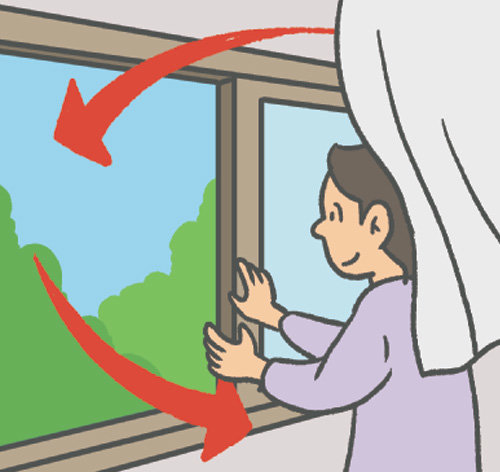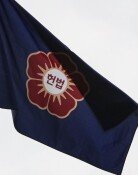Best disinfection measures
Best disinfection measures
Posted June. 06, 2020 07:46,
Updated June. 06, 2020 07:46

As recently as one month ago, the COVID-19 pandemic seemed to be coming to an end in South Korea as social distancing was replaced with daily routine quarantine. However, the termination of COVID-19 has become a distant goal, as people of diverse occupations and generations living in many different areas have been infected through multi-stage infection since cluster infection occurred at a nightclub in Itaewon, Seoul. The biggest reason South Korea is still unable to terminate the epidemics is “infection whose transmission route is unknown.” Health authorities have mobilized astronomical amount of money and ample manpower to detect detailed transmission routes, but we now even have doubt about whether we can ever eliminate COVID-19, which even causes asymptotic infection in many cases.
Many experts say that systematic disinfection and ventilation should be put in place concurrently to ensure sustainable spatial quarantine. However, they have yet to present a definite method, because it is an unchartered territory to use disinfection and ventilation as a concept for spatial quarantine measures meant to prepare for a post-coronavirus era, rather than indoor air quality improvement aimed at resolving fine dust or radon contamination of mattresses.
The Korea Center for Disease Control and Prevention said leaving open the window for an hour will replace indoor air in the space about six times, and if we can ventilate indoor air at least five times within an hour, the amount of virus present in the space declines to 1/100th, stressing that “ventilation is the best disinfection measure.” In a government-designated negative pressure isolation chamber at the hospital, indoor air usually gets replaced 12 times per hour. However, this is a minimum guideline for ordinary people, and the volume of ventilated air significantly varies depending on the characteristics of different spaces. For this reason, South Korea needs professional standards for managing these variances.
After all, to ensure clean and hygienic status in various spaces, people have to take into account all of the factors including characteristics of different spaces, performance of ventilator systems, type and replacement cycle of air filters, and the volume of ventilated air relative to the number of patients, and risks of carcinogenic and non-carcinogenic materials. Data on air quality survey, regular disinfection cycle, and the appropriateness of disinfectants should also be taken into consideration. It is for this reason that we need to pool the wisdom of diverse experts, including those on climate, atmosphere, weather, energy, environment and health, and architecture, when determining spatial quarantine standards.
Lying behind “K-quarantine” that has achieved success were the KCDC, which provided accurate solutions, and the public, who thoroughly followed them. If South Korea can present accurate solutions to ensuring clean and hygienic spaces where people can live amid peace of mind, irrespective of whether it is the government or the private sector, the country will be able to become a frontrunner in the post-coronavirus era as well.
Headline News
- Med professors announce intention to leave hospitals starting Thursday
- Bridge honoring Sgt. Moon Jae-sik unveiled in Pennsylvania
- Chief of Staff Chung tells presidential secretaries to stay away from politics
- US FTC bans noncompete agreements
- N. Korea launches cyberattacks on S. Korea's defense companies







